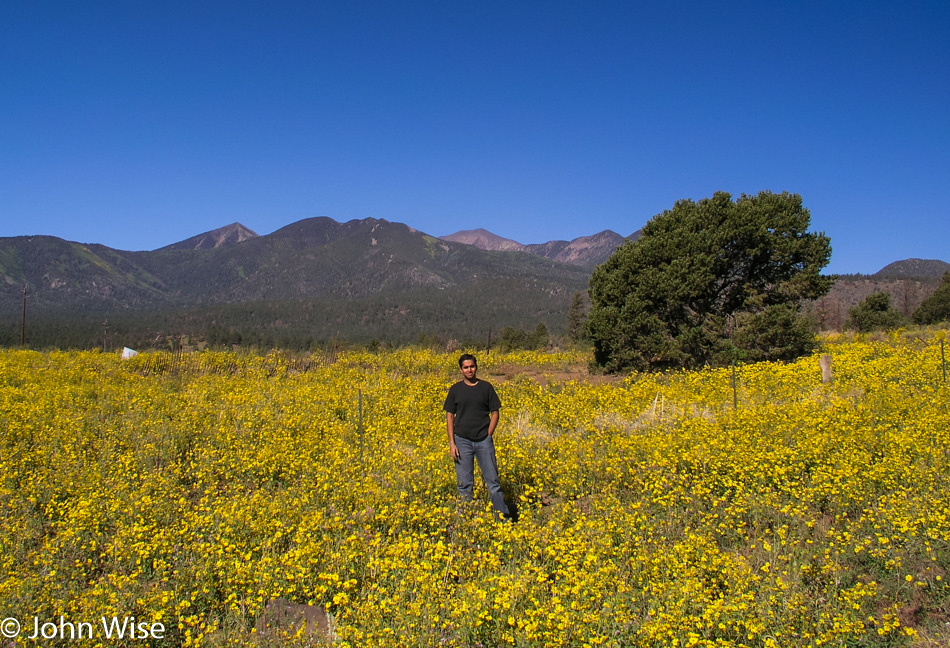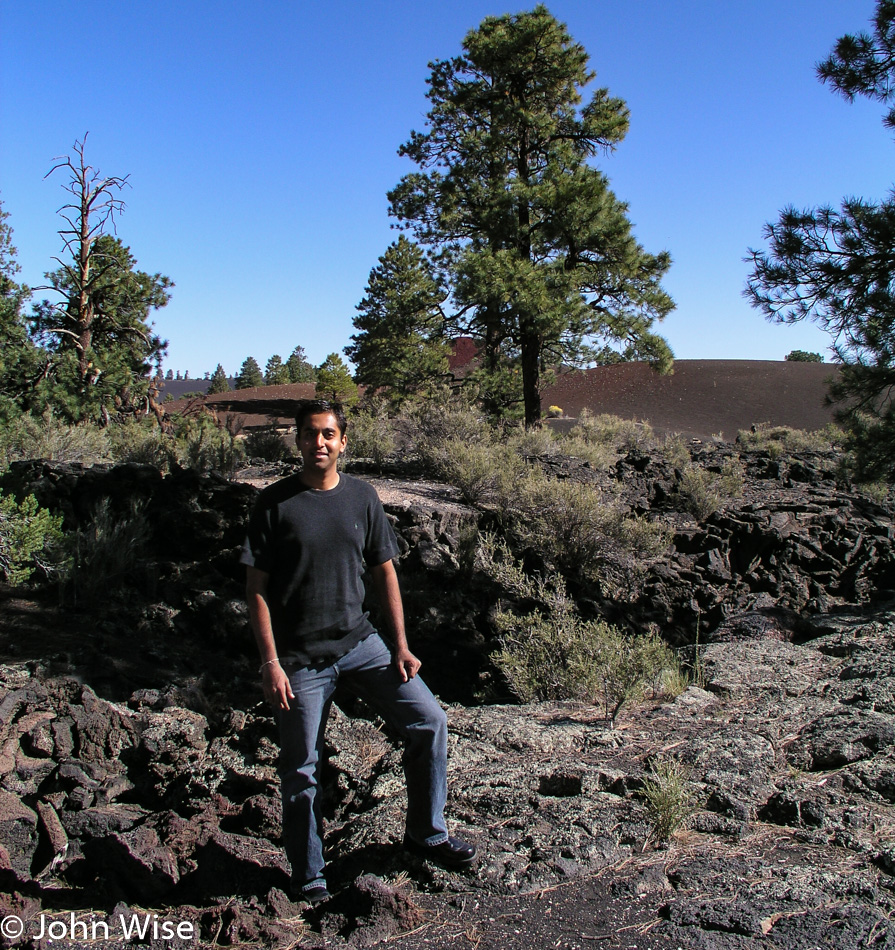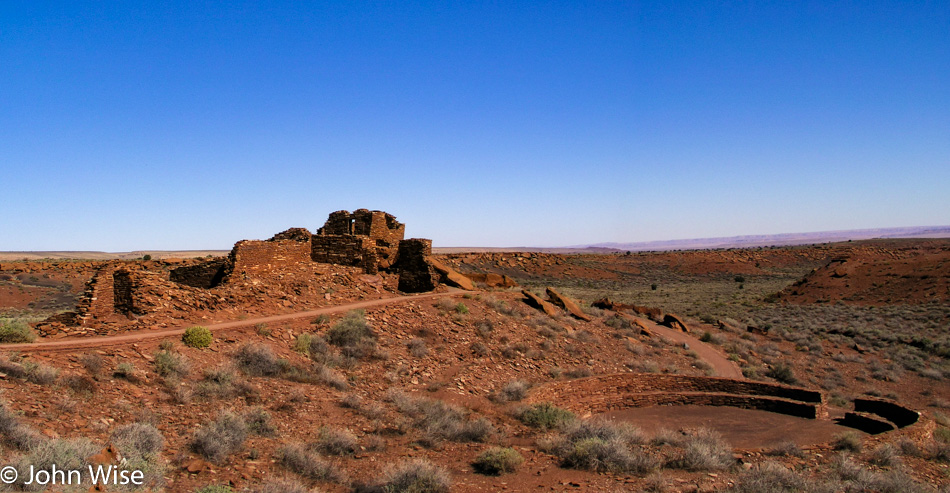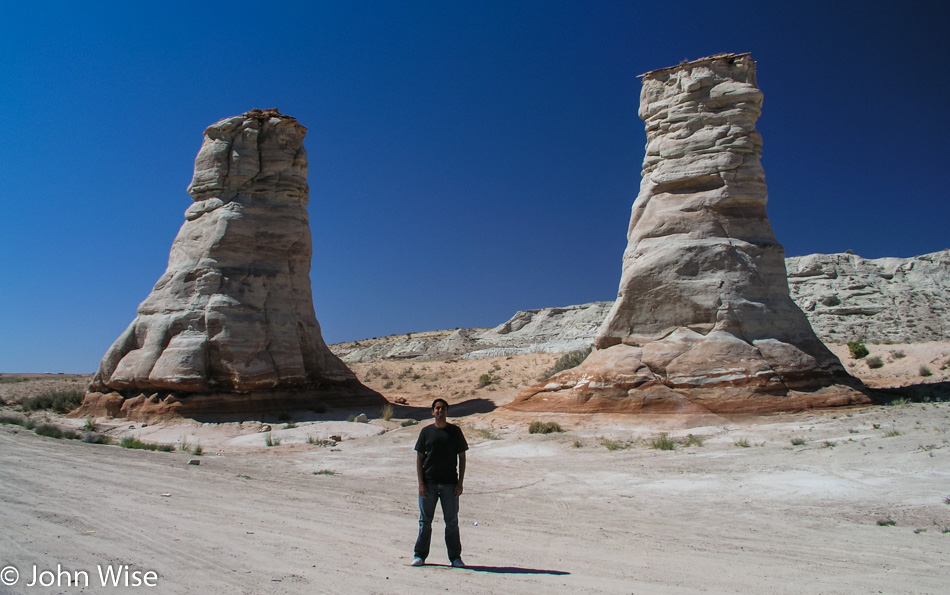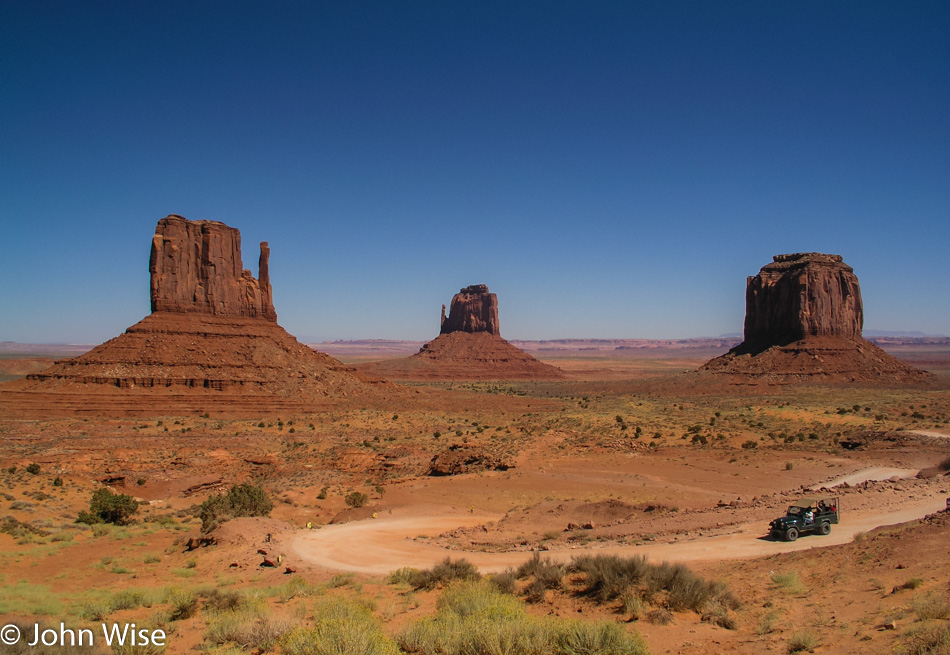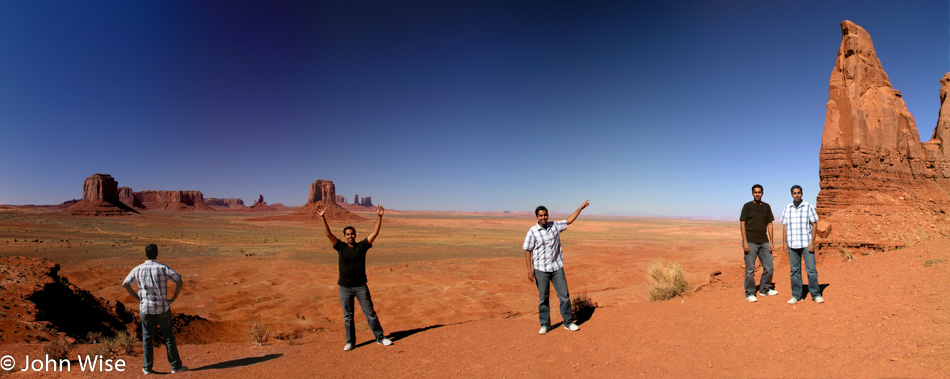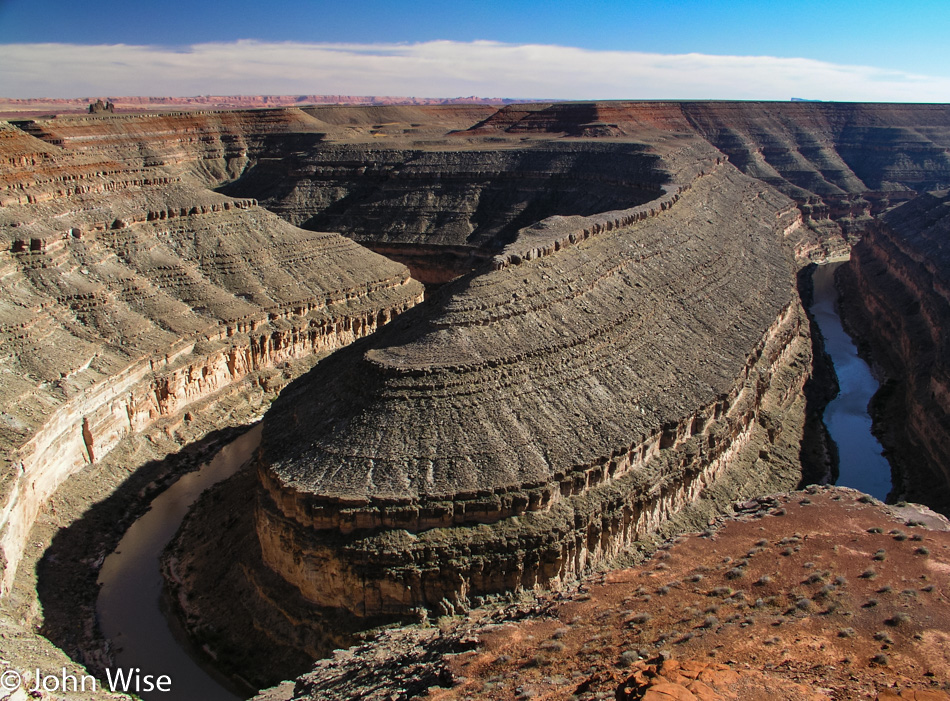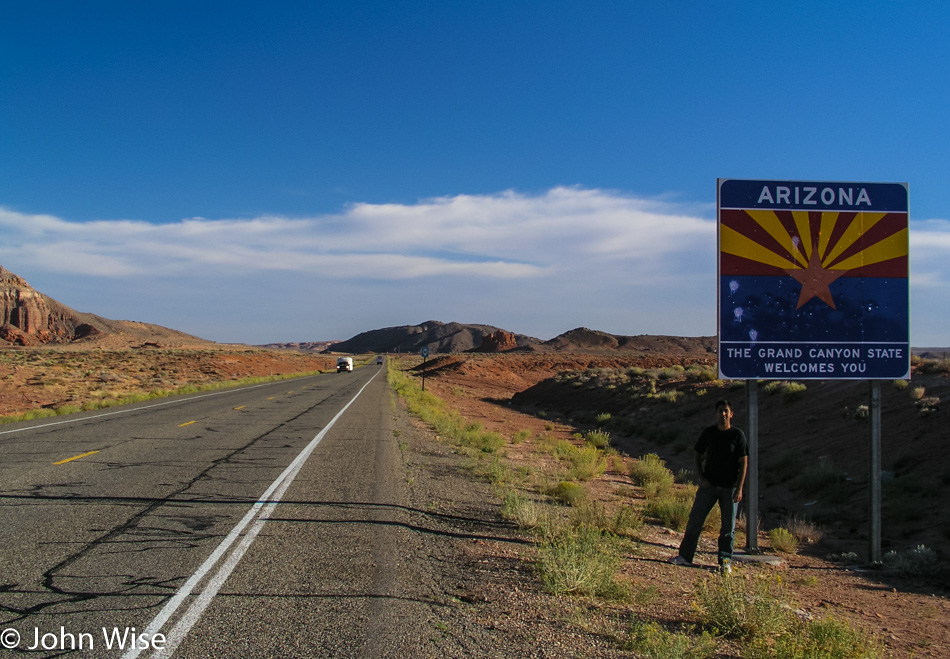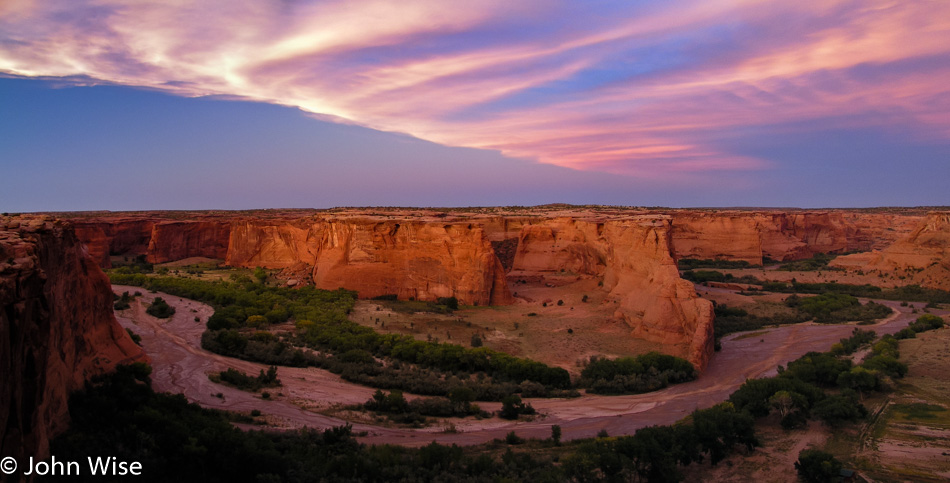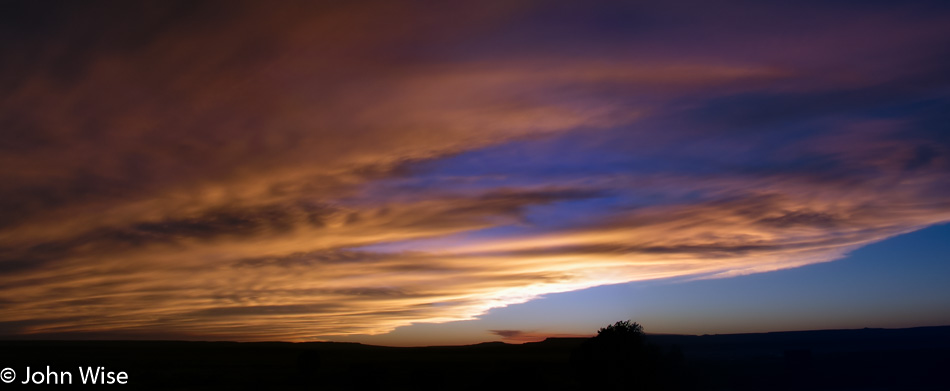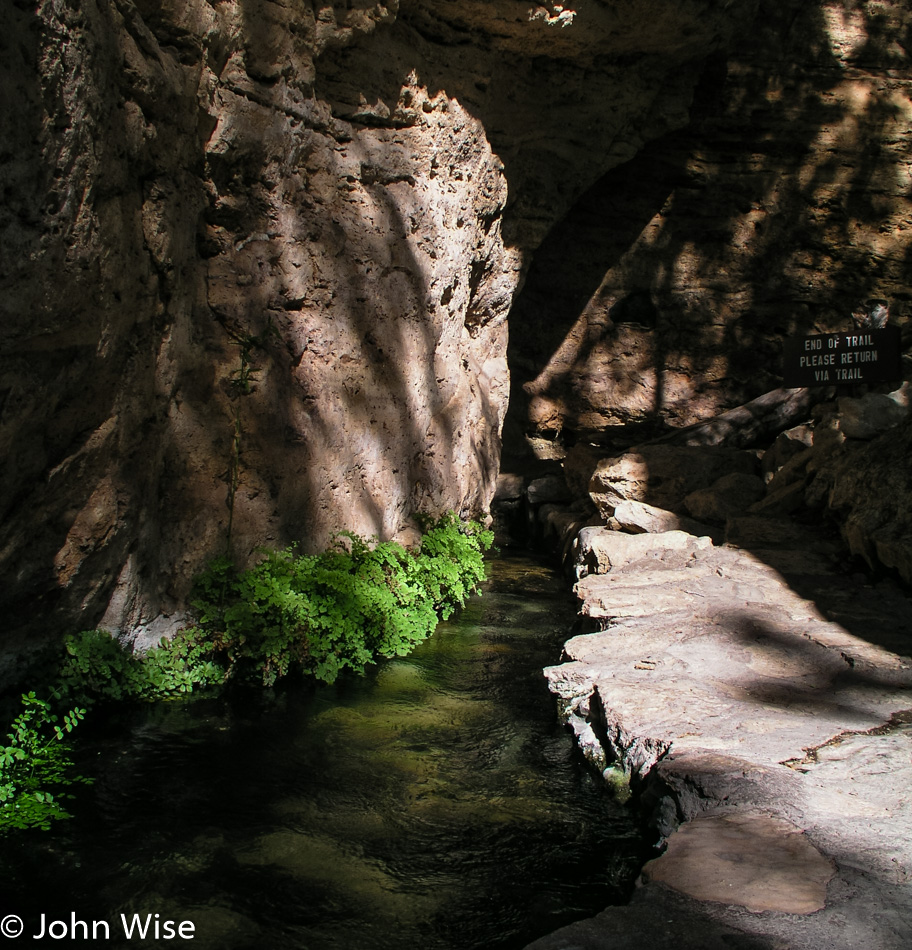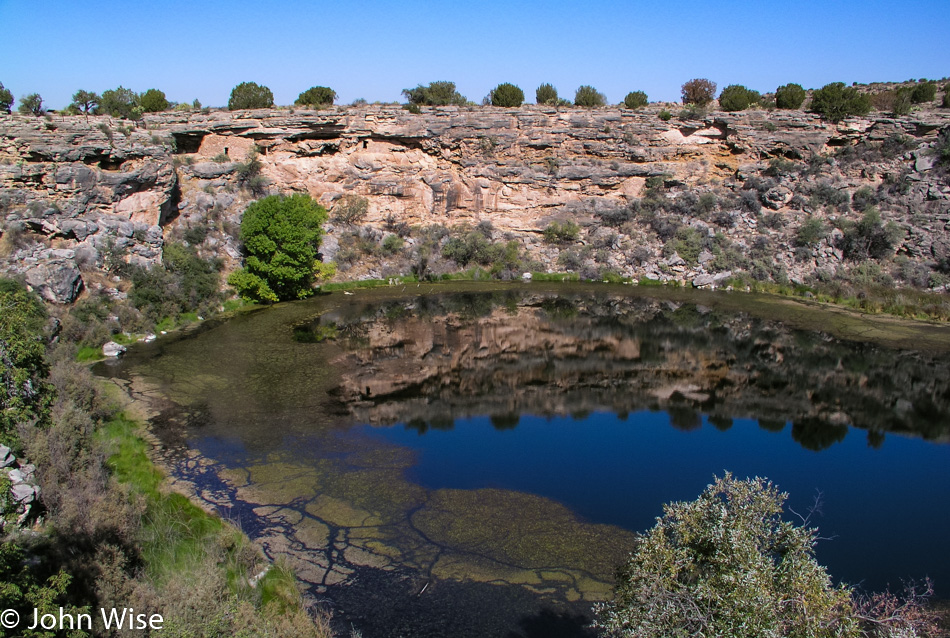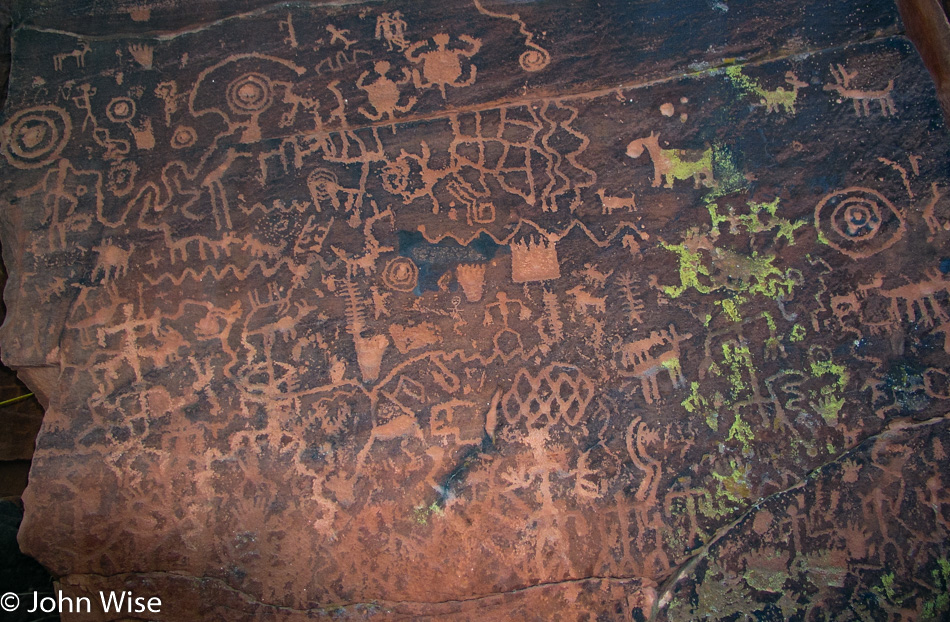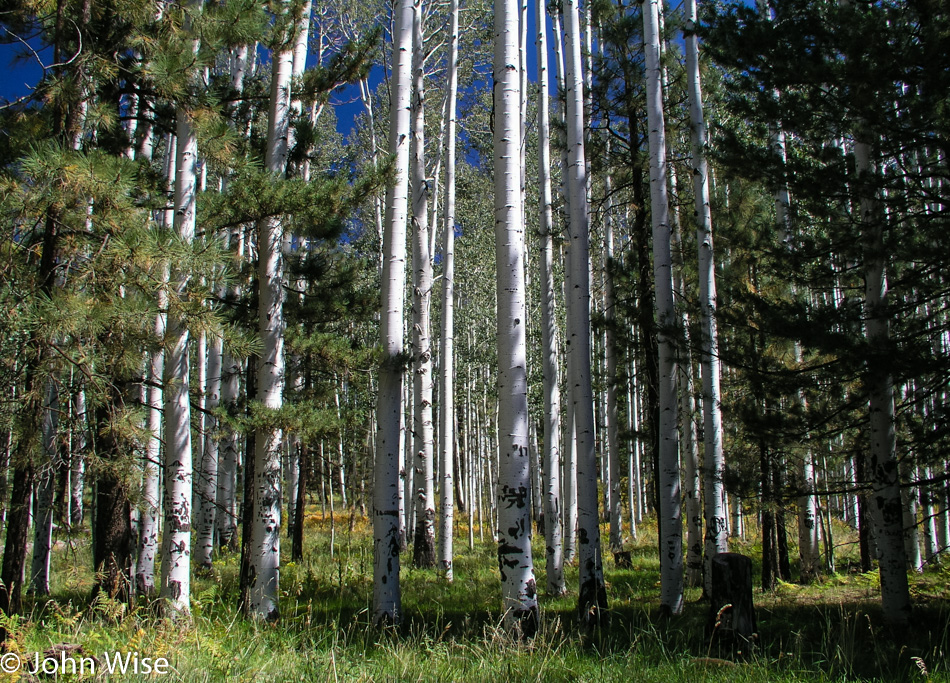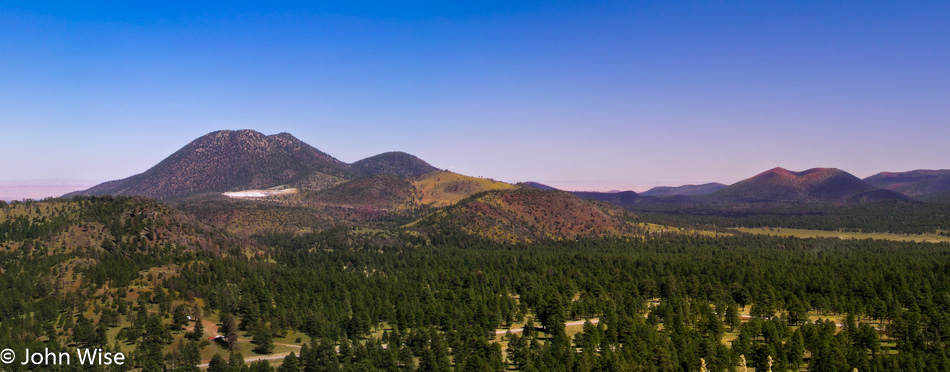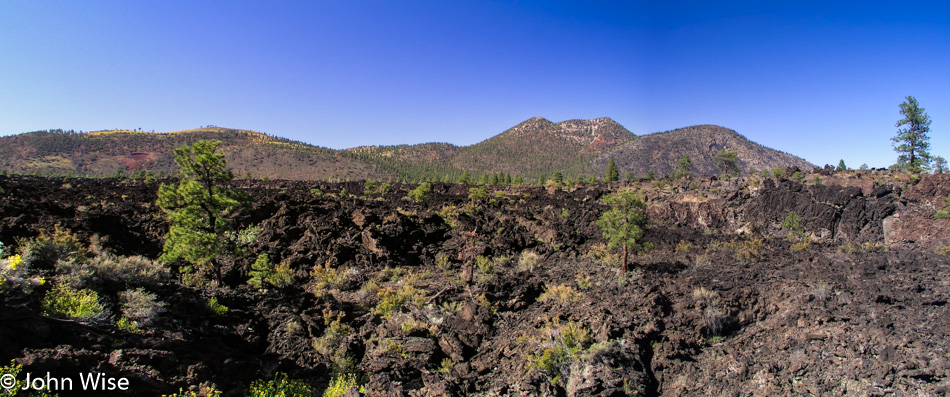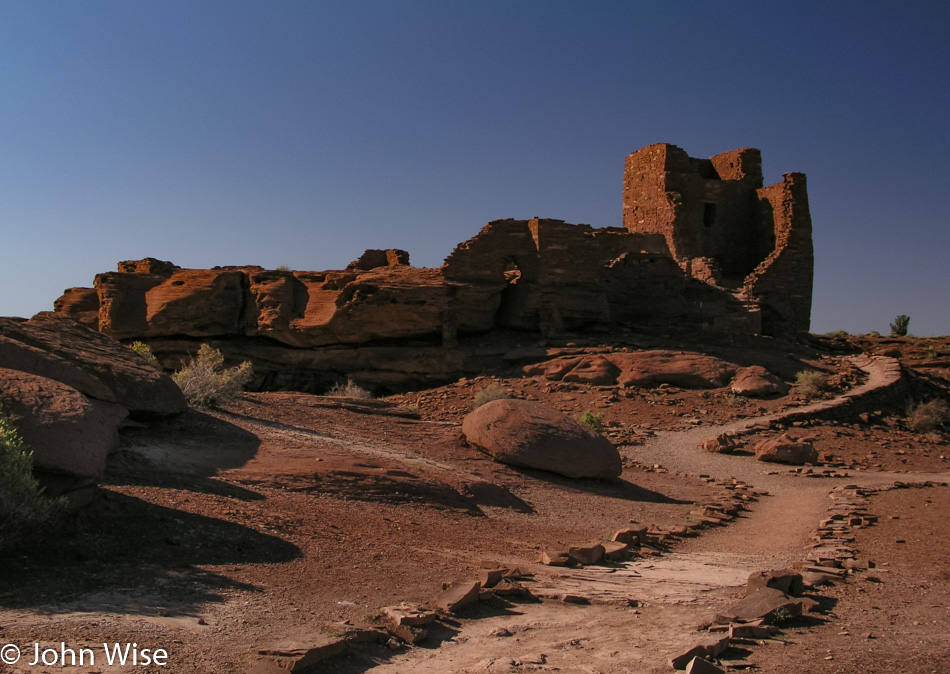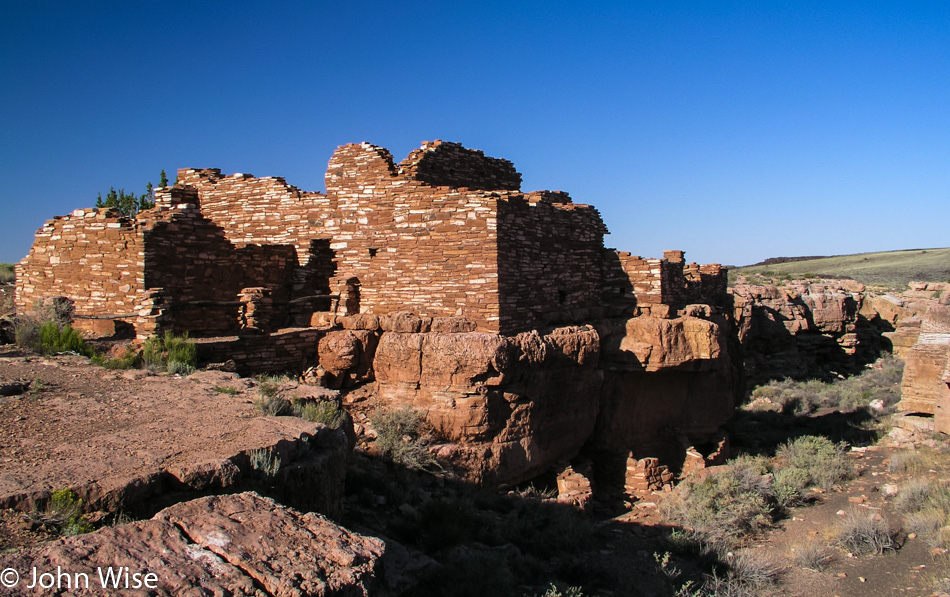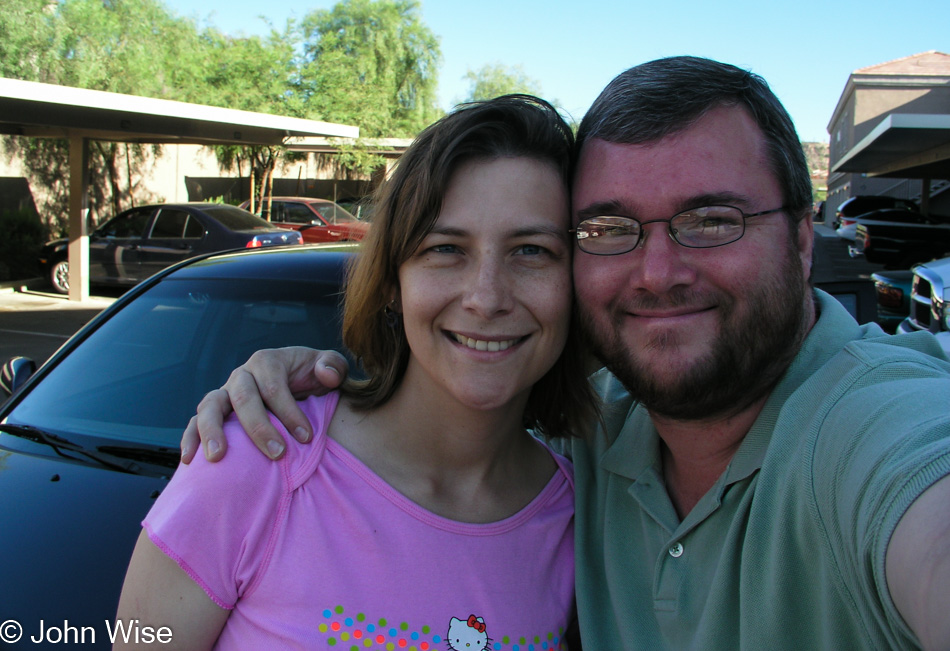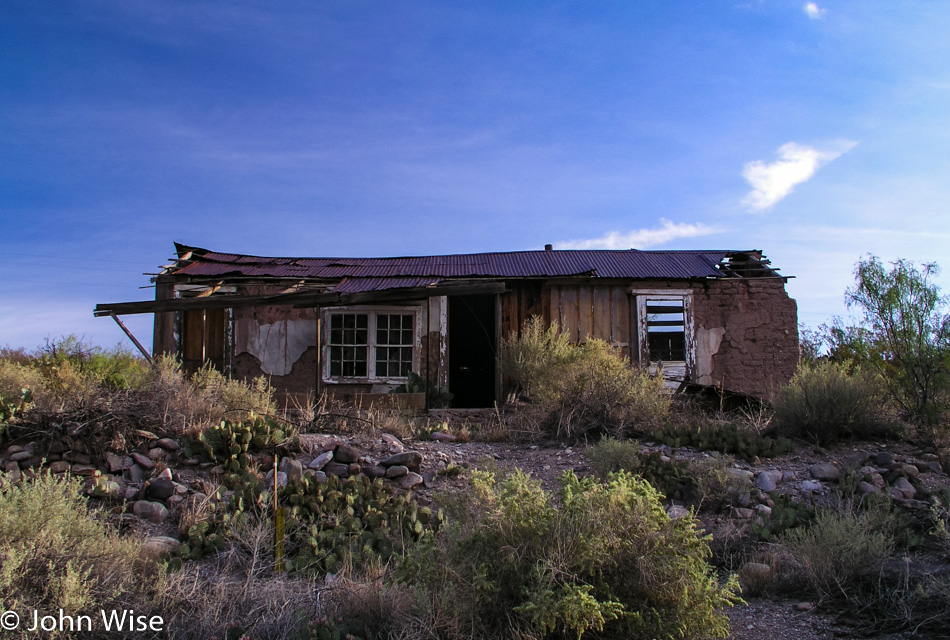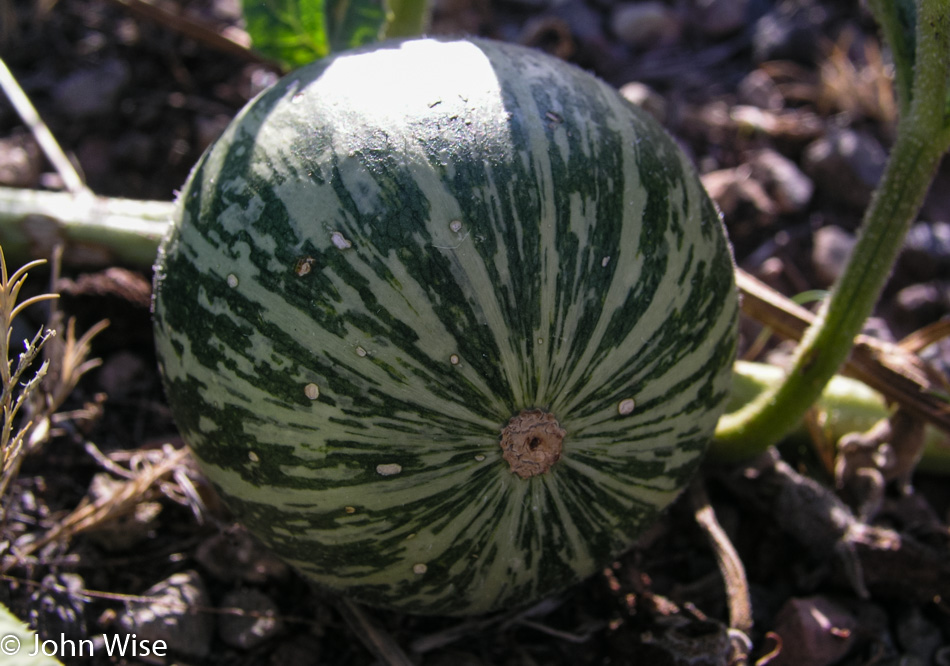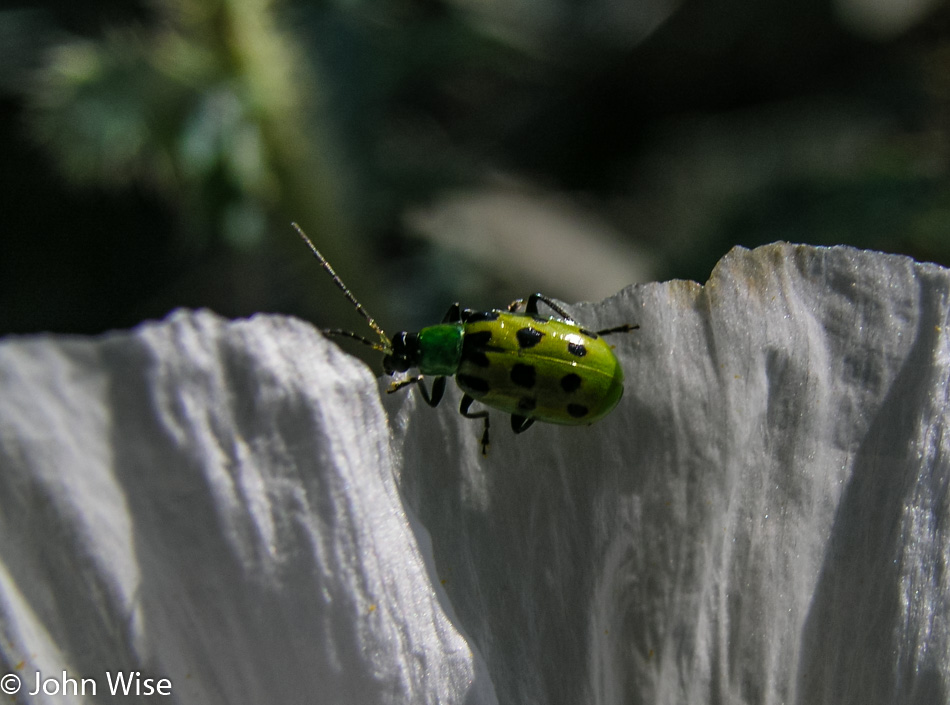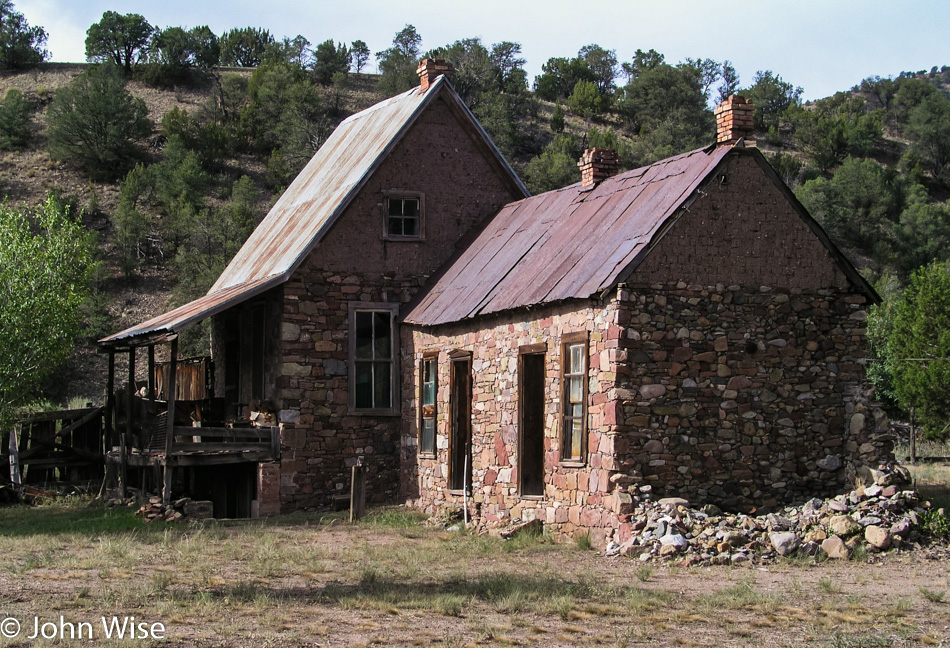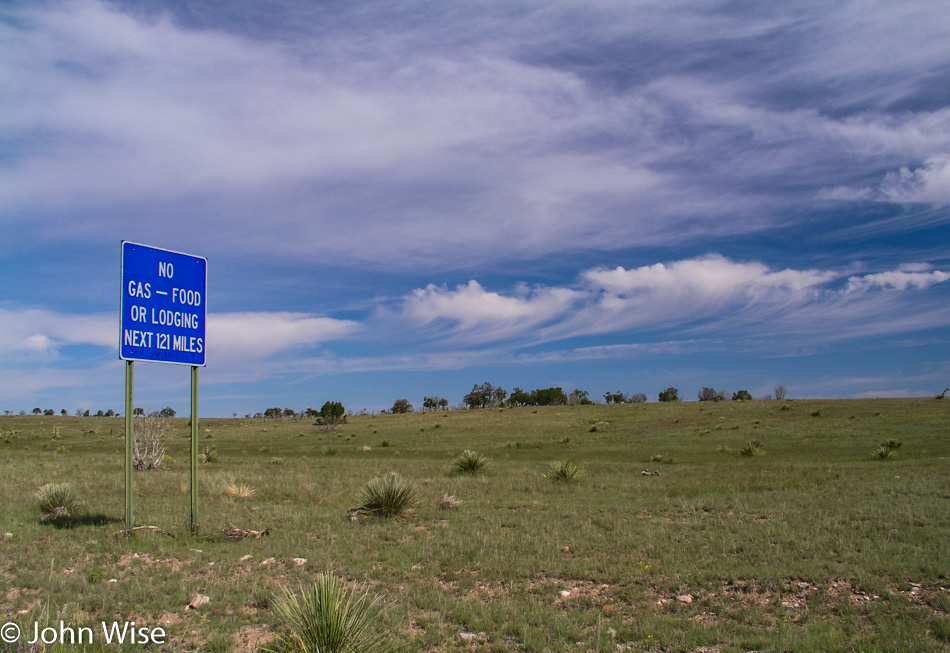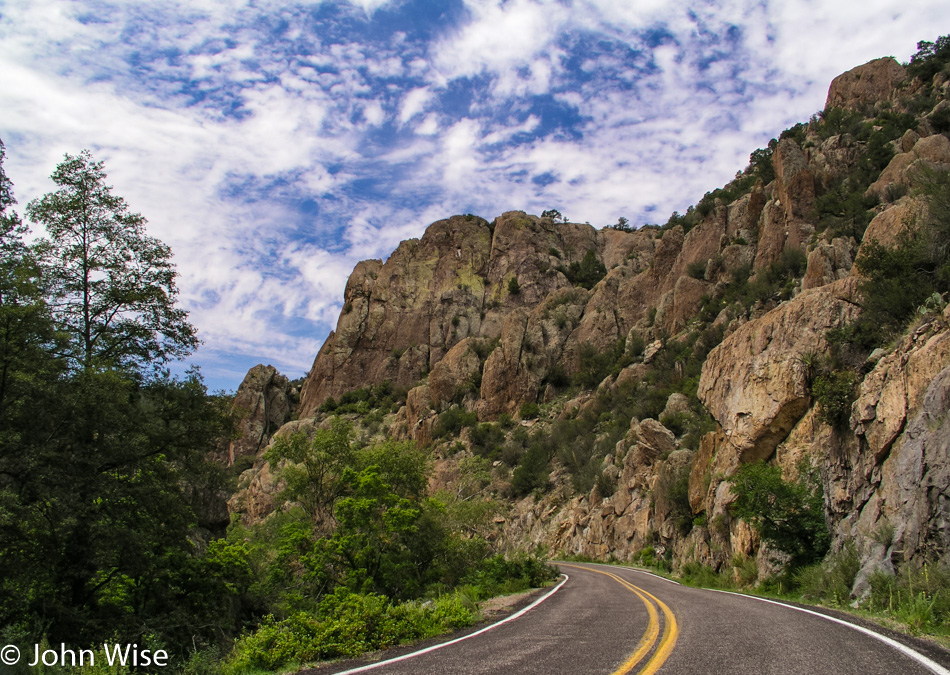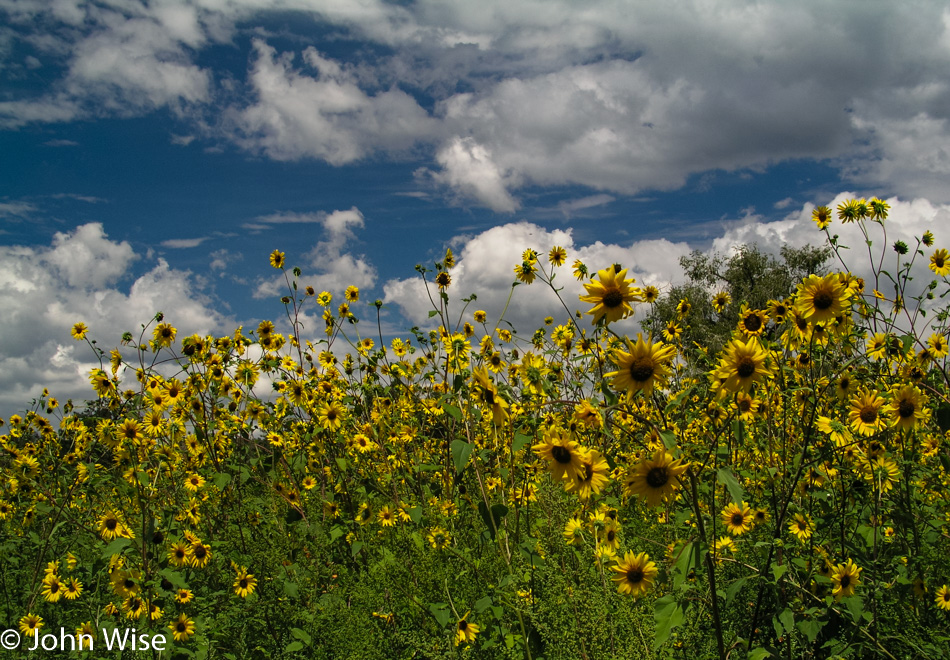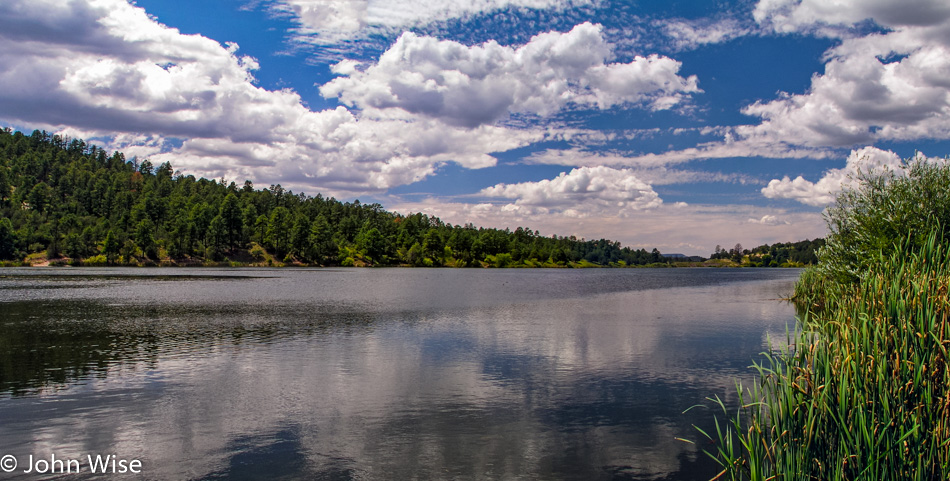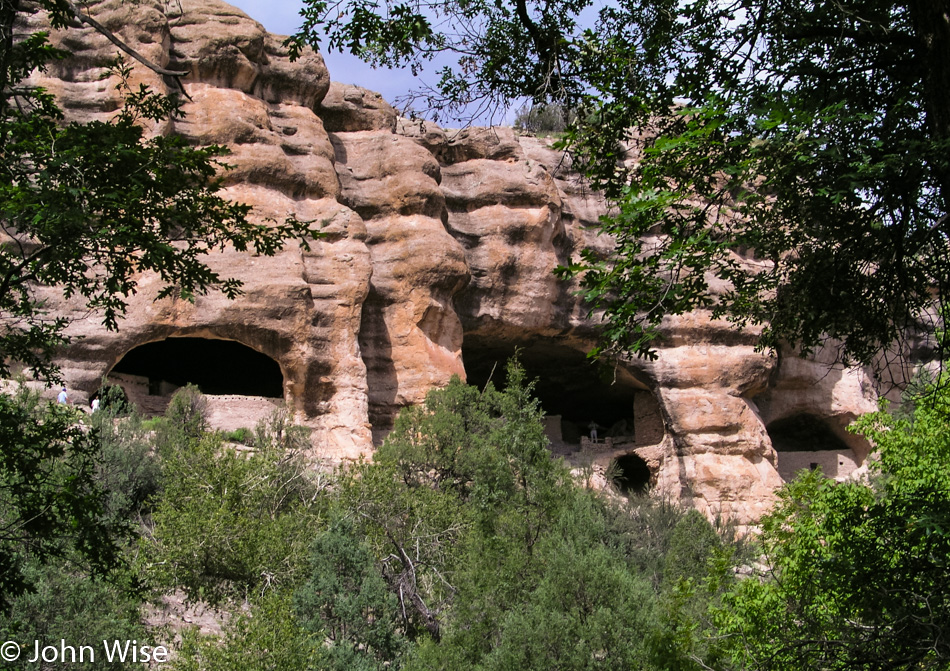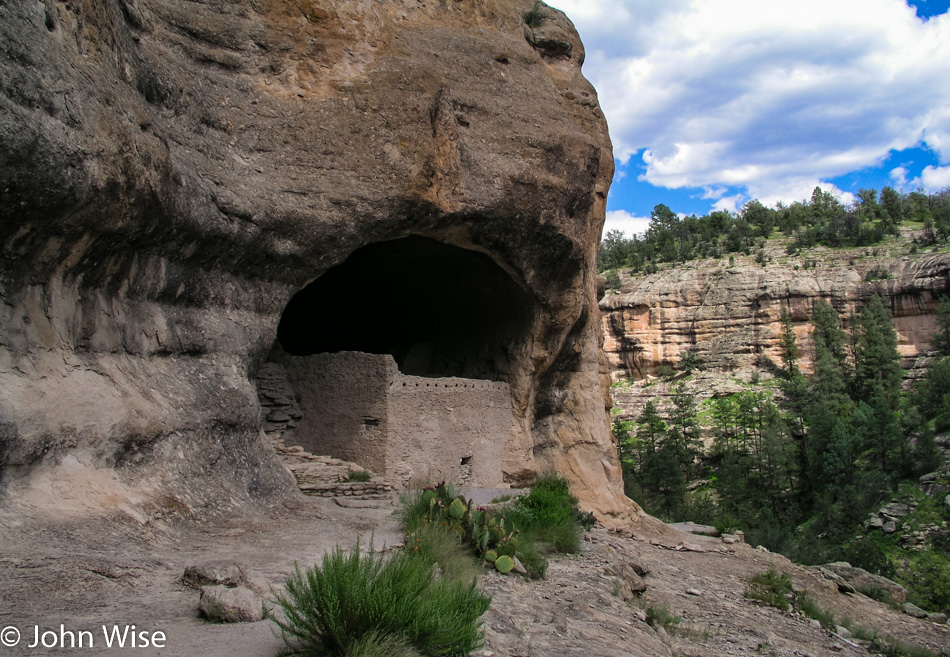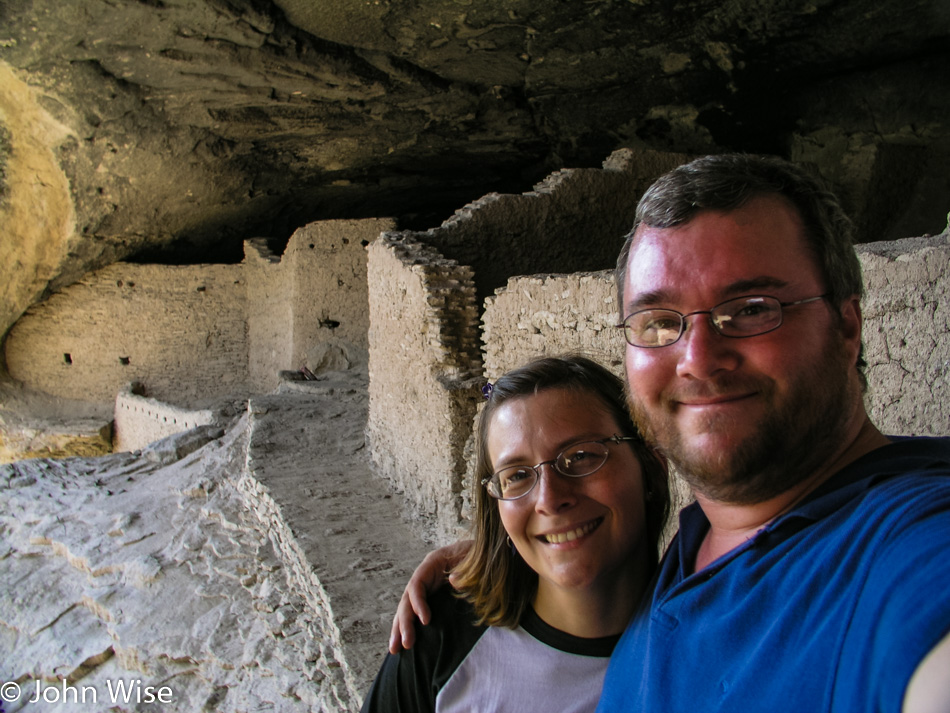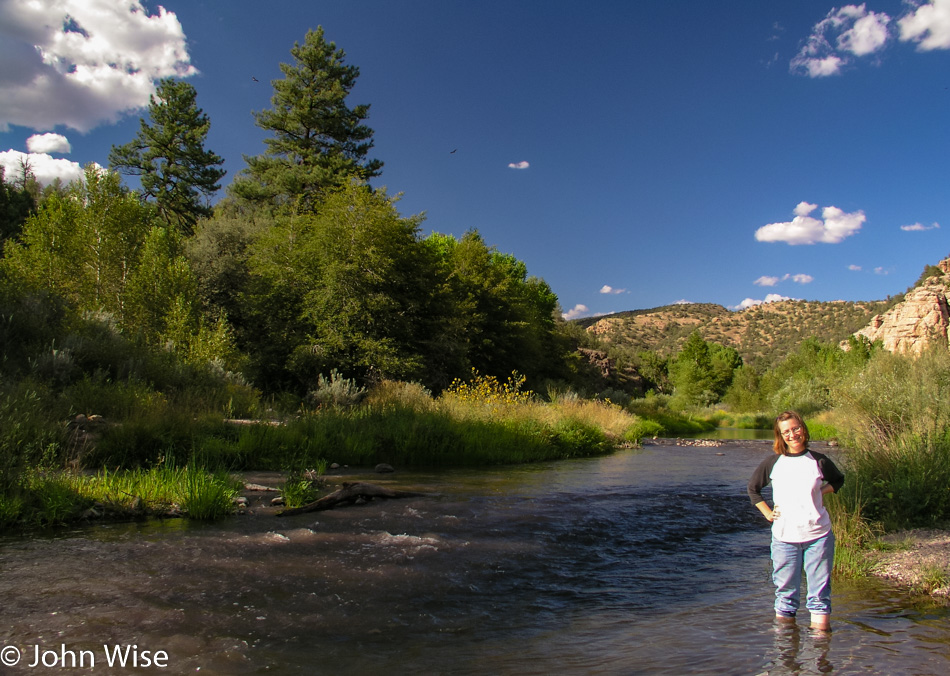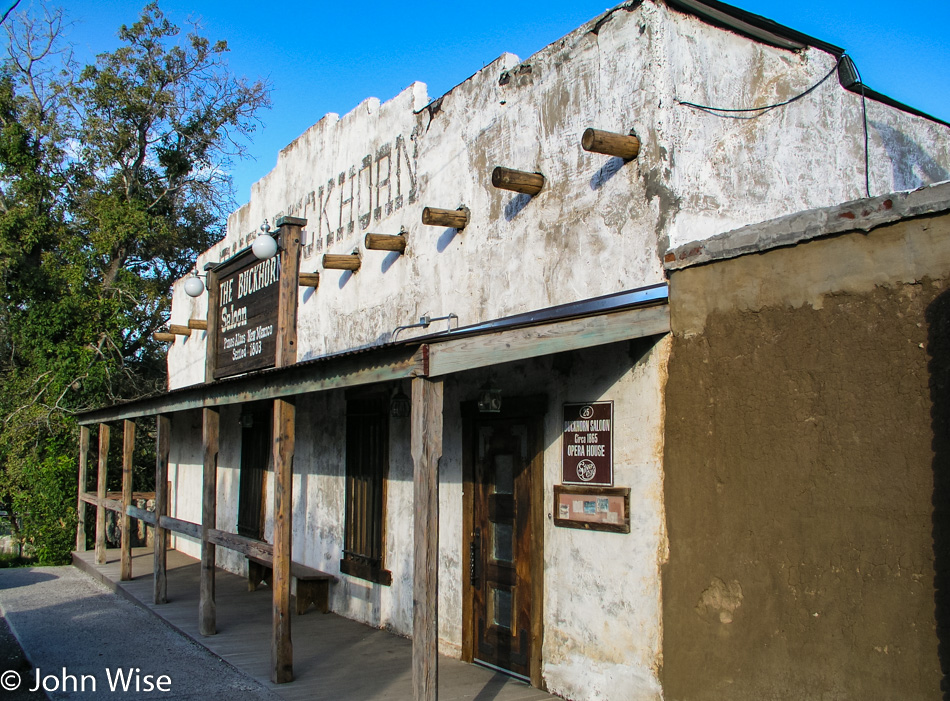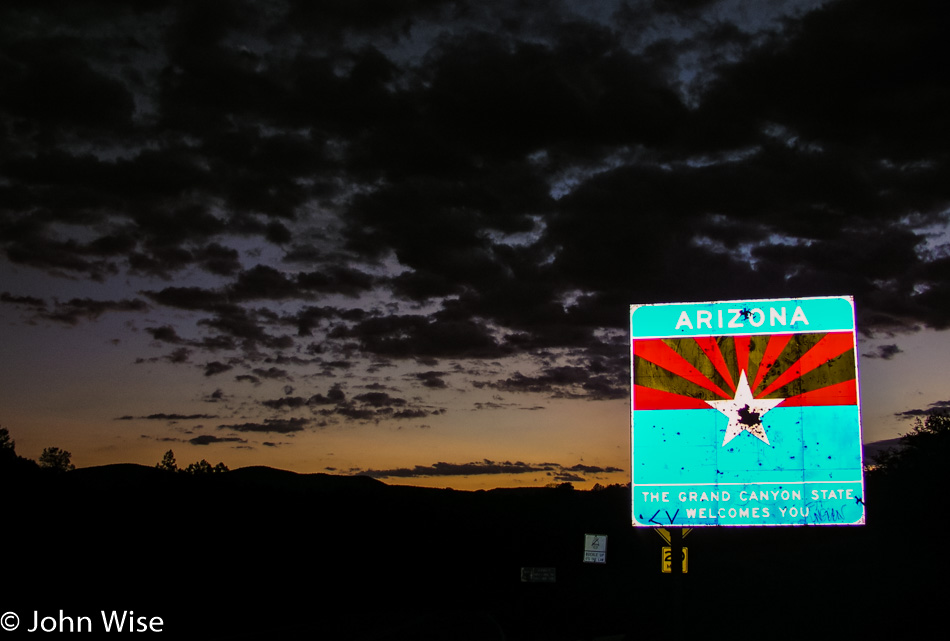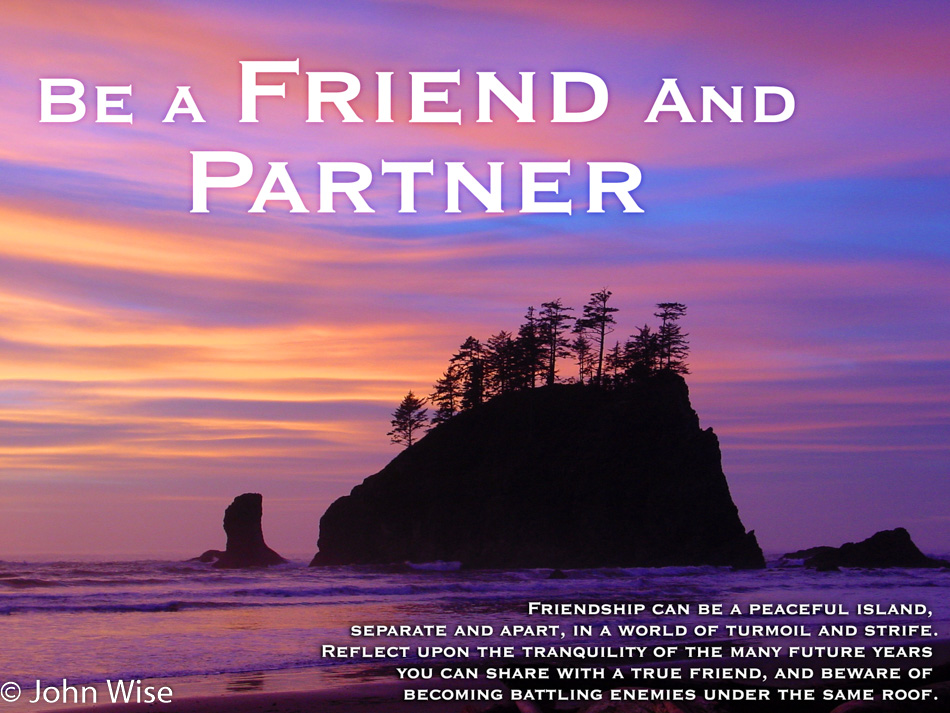
We received a special request from Sonal’s sister Anju, “Would we be willing to share our photos to make some inspirational images that could be hung at Alka’s upcoming reception following her wedding?”

I let them know that I’d be thrilled to share something and put them together, but I wasn’t sure my photos would give them the effect they were looking for. While Caroline and I love our travel photos, we can’t be sure that our bias is that we’ve been there and seen these places firsthand, thus making us more attracted to them.
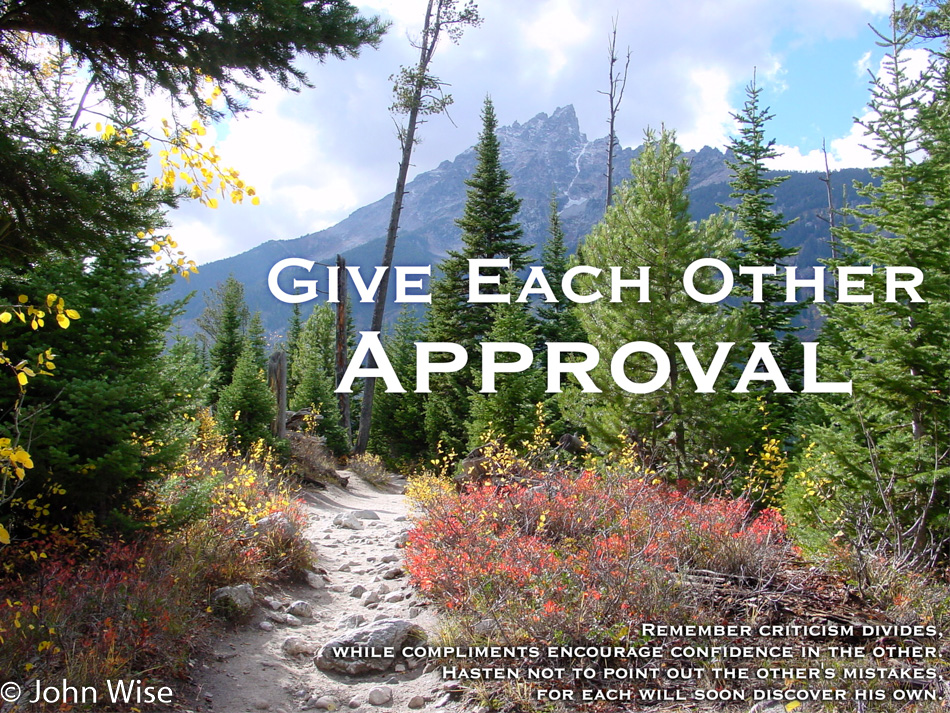
So from the Oregon coast to Crater Lake also in Oregon, a trail in the Grand Teton National Park in Wyoming, Santa Monica beach in California, Multnomah Falls off the Columbia River in Oregon, a trail in Big Cypress National Preserve in Florida, a Magnolia flower in Savanah, Georgia, and back to the Teton Range for a view over the Oxbow of the Snake River, I felt I had some passable photos for the messages they wanted to present.

We were still months away from them using the images, which was okay because they were going to India to be printed on wood.
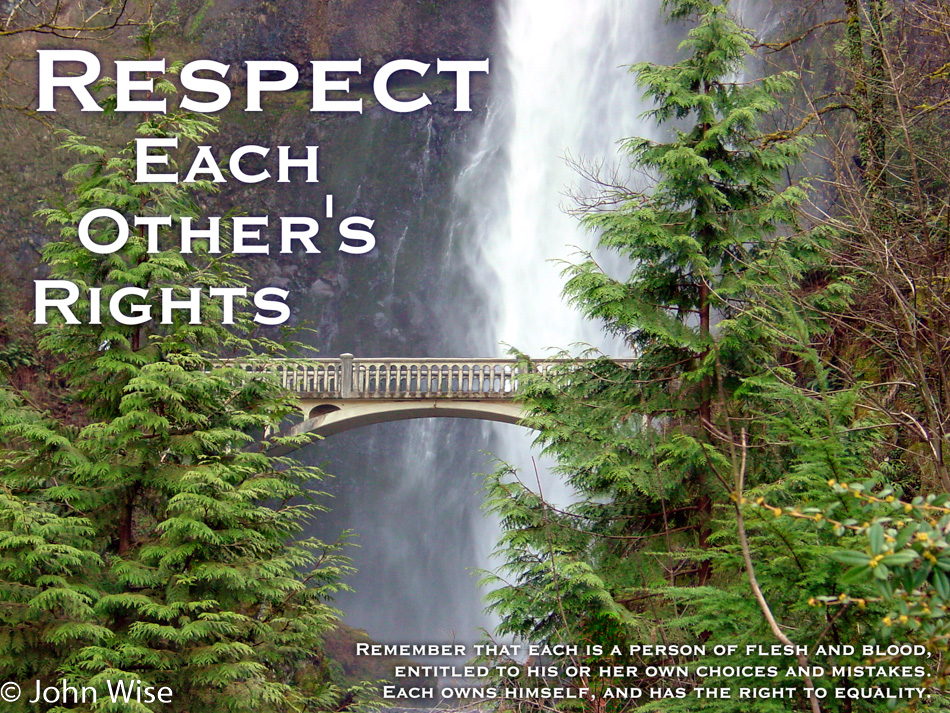
When they were finished, I was impressed that these were, in fact taken by Caroline and me while out exploring places that had been new to our eyes and would soon be tied into the beginning of a marriage between two young adults.

Looking at these, I knew I’d like them all to hang in our house, but of course, they were part of Alka’s and Hitesh’s wedding, so instead, I asked if it were possible to have one of them as a keepsake after the events.

It’s quite the honor to have been asked to share something that Caroline and I share in love with the hope that love comes through not only the image but the beautiful texts that Anju had chosen.
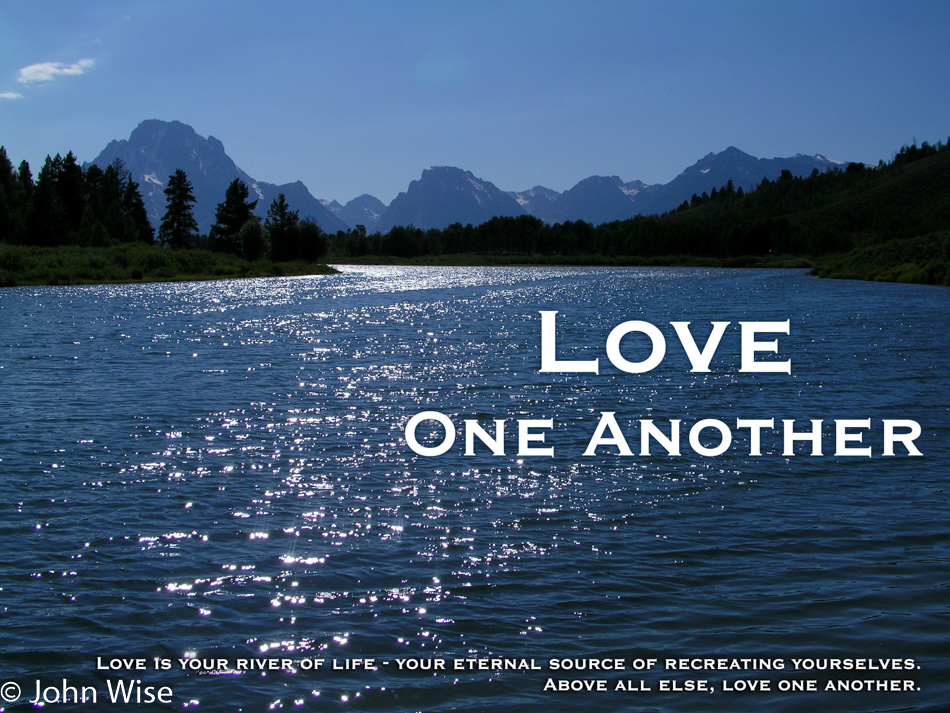
This has given me an idea for Caroline’s upcoming birthday; let’s see if I can create something “relatively” similar for her.
